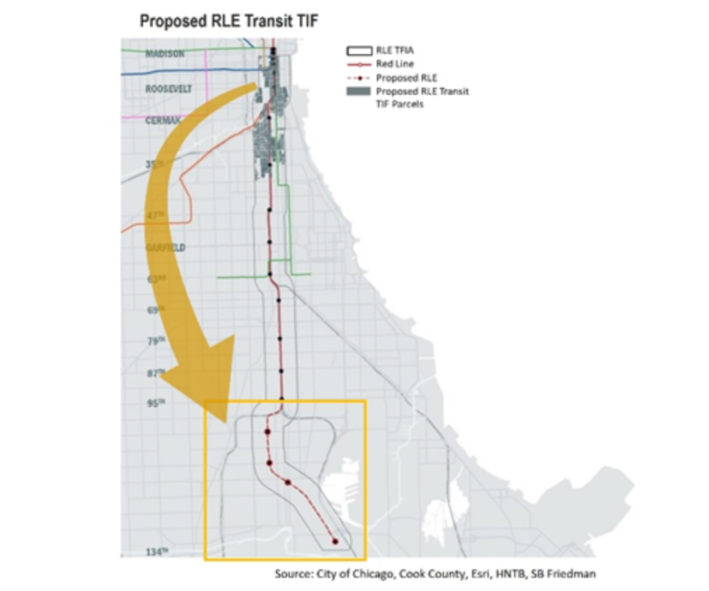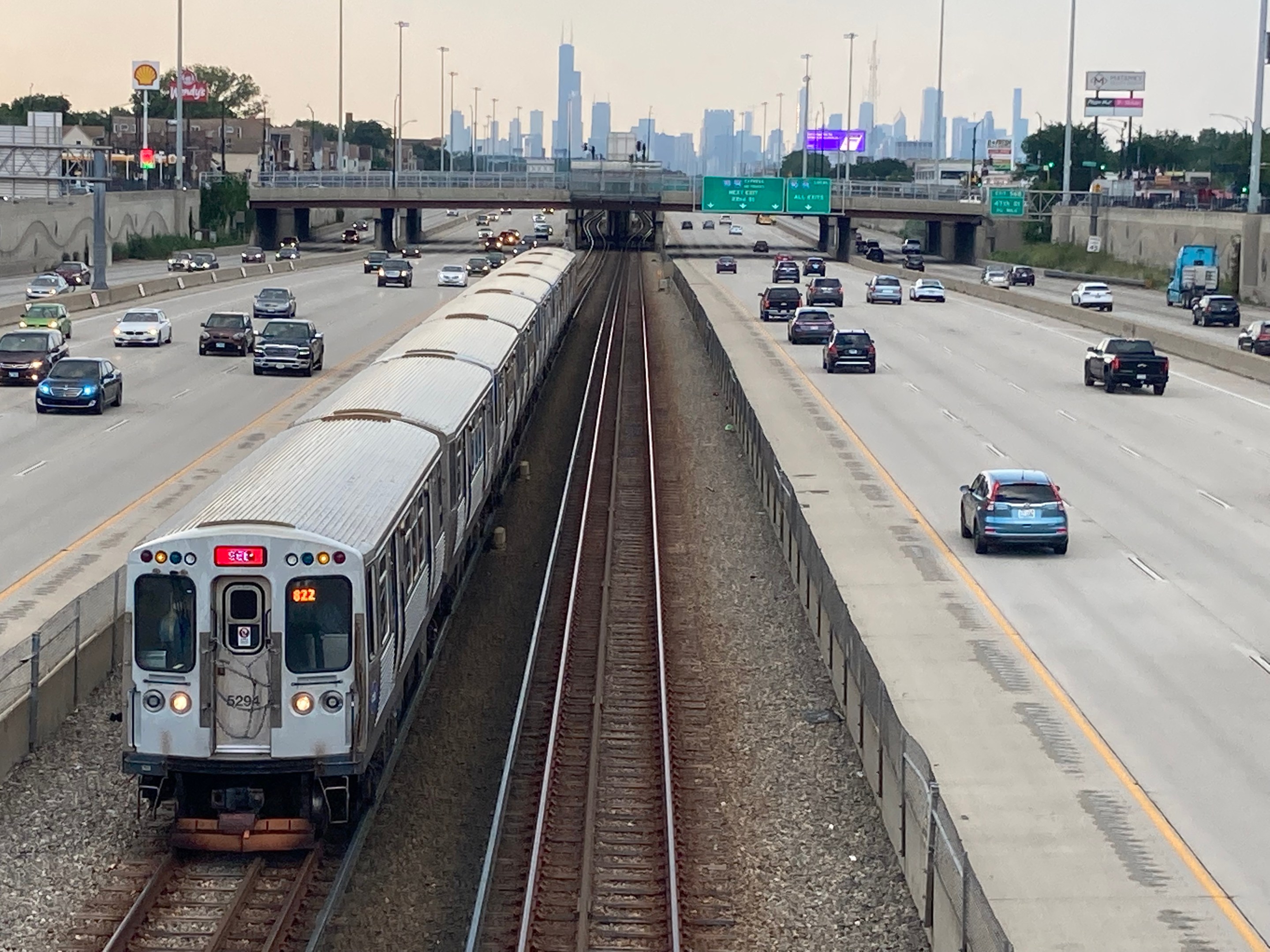On December 14 the Chicago City Council approved the controversial transit tax-increment financing district for the south Red Line extension, which is projected to raise $959 million to help fund the $3.6 billion project. But the question remained: How would we come up with the rest of the money for the 5.6-mile route?
U.S. Department of Transportation secretary Pete Buttigieg had previously indicated the federal government would provide grant funding. Yesterday the administration began to make good on that promise by including a request for $350 million in President Joe Biden’s fiscal year 2024 discretionary funding request.
🚨🚅🚨RED LINE EXTENSION🚨🚅🚨 https://t.co/yGStl1gfvV
— Zach Mortice (@zachmortice) March 9, 2023
“Transit plays an integral role in the lives of millions of Chicagoans," said U.S. Representative Mike Quigley (IL-05), ranking member of the House Appropriations Committee’s Transportation, Housing, and Urban Development Subcommittee, announcing the news in a joint statement with Senator Dick Durbin (D-IL), a member of the Senate Appropriations Committee. "For many, it is the best and only option to get to work, go to school, and visit family. I am glad that the Biden administration sees the importance this project has in forming equitable transit solutions." He promised to push hard for the $350M earmark to be included in the final budget that Congress passes.
“Tens of thousands of Chicago residents, many of whom are low income, rely on the red line as their sole transportation option,” stated Durbin. “This transformative project will provide long-awaited relief for the South Side community. Improving our infrastructure means better-connecting Chicagoans to jobs, education, commerce, and opportunity. I commend President Biden for this federal effort that will serve as a catalyst for economic development in Chicago and will work with Congressman Quigley and the rest of the delegation to see it through and signed into law.”
The lawmakers said in February they and other Illinois federal politicians wrote to the USDOT and Office of Management and Budget asking for the feds to cover 60 percent of cost of the RLE. The Biden administration will likely announce cost share ratios for public transportation projects this spring.
In a statement, the CTA said it's "thrilled" that the extension has been included in the budget proposal. "We extend our sincere gratitude to the Biden administration, U.S. Secretary of Transportation Pete Buttigieg, [Federal Transit Administration] Administrator Nuria Fernandez, as well as the entire Illinois delegation for their strong support of this life-changing transportation investment." The statement added that the city of Chicago and CTA plan to pursue a full-funding grant agreement award next year.
The CTA said the RLE, originally proposed during the Richard J. Daley administration, will make 47 percent more jobs accessible to neighborhoods near the project area within 45-minute commute. The extension is expected to cut a one-way transit trip from 130th Street to the Loop by 30 minutes. The route runs through four community areas – including Roseland, Riverdale Washington Heights and West Pullman – with a total population of about 100,000.

The new TIF district to fund the rail extension is a Transit TIF, which, unlike regular TIFs, won’t divert property tax revenue from the public schools. However, it still generated controversy because the district is located downtown and on the Near South Side, several miles from the project area. However, proponents successfully argued that the providing better transit access to the Far South Side will benefit all residents.






